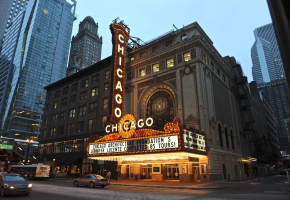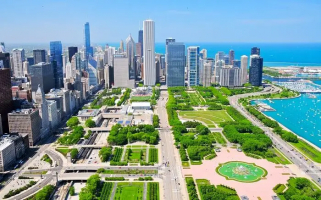Top 8 Rules Of Living in Chicago
Welcome to Chicago, a place so caught between Midwestern politeness and its weird particularities that for newcomers, figuring out how to acclimate can feel ... read more...like a steep uphill climb. Some things are easy enough to pick up on: which Chicago bars are the hot places to hang out, for instance, or the best Chicago museums to bring your out-of-town friends. But other elements, like how to successfully navigate the CTA or the ins and outs of city culture, require a bit more ingenuity to figure out. Whether you're new here or a longtime resident looking to compare notes, it never hurts to consult the 13 rules of living in Chicago.
-
Every Red Line commuter knows the horror of navigating rush hour during baseball season, when the El's downtown stations flood with a sweaty blend of commuters and clueless sports fans. It's hellish to begin with, but nothing makes this process more unbearable than people crowding the doors in front of exiting passengers or packing themselves in like sardines in the front of the car despite abundant space in the aisles. A little spatial awareness is all it takes, folks!
To maintain a safe and pleasant environment for everyone, the CTA has some basic rules governing behavior on buses and trains, as well as in CTA facilities (such as train stations and at bus turnarounds, terminals and stops). Violating any of these prohibitions may be subject to arrest or immediate removal from CTA property, fines, community service, court supervision and/or an order for restitution. And mastering CTA etiquette is one of the rules of living in Chicago.
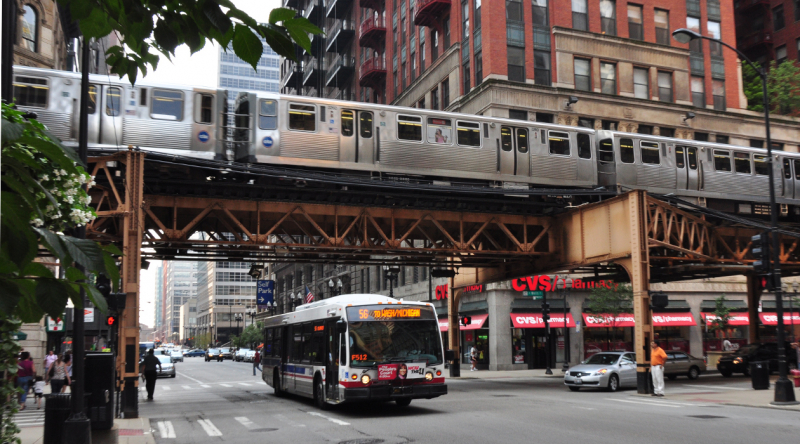
transitchicago.com 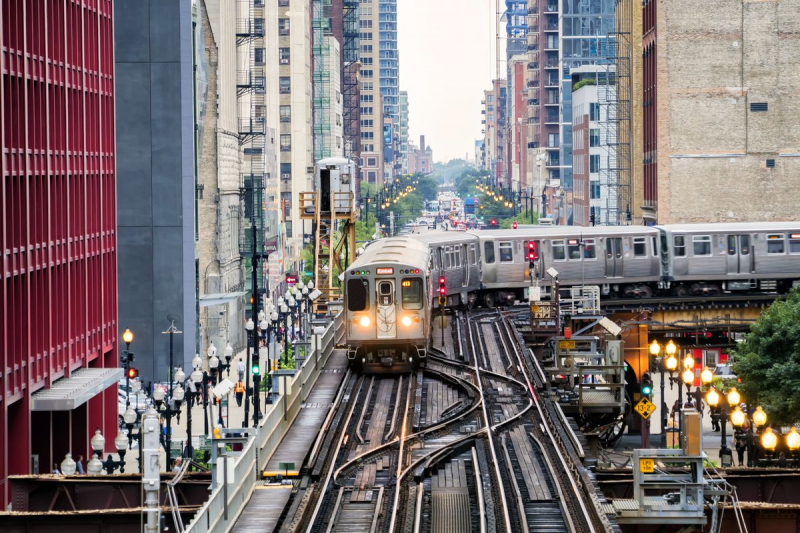
transitchicago.com -
One of the first known instances of Chicago’s “windy city” nickname came from a New York Sun reporter named Charles A. Dana in 1893, who editorialized that the city’s politicians were “full of hot air.” Chicago and New York were in a head-to-head competition at the time to host the next World’s Fair, and Chicago’s “windbag” advocates were not shy about campaigning for their hometown in order to win. Despite Dana’s best efforts to discredit Chicago as a “windy city”, the 1893 World’s Fair was held in Illinois, not New York.
Even before the World’s Fair debate, there were other published instances of the windy city nickname. The Cincinnati Enquirer used the term in 1876 in reference to a tornado that blew through the city, while also capitalizing on the term’s double meaning to highlight local speakers who were “full of wind.” The Chicago “windy city” nickname usually is what sticks in people’s minds, but there are several other names Chicago is known for:
- Chi-town: Pronounced shy-town, this is a shortened version of the city’s name
- The City of Big Shoulders: Taken from the first line of Carl Sandburg’s poem, “Chicago”
- The Second City: This one has two possible meanings. The first refers to when Chicago was the second largest metropolitan city in the United States during the early 20th century; the second calling on when the city had to rebuild itself for the second time after the Great Chicago Fire in 1871.
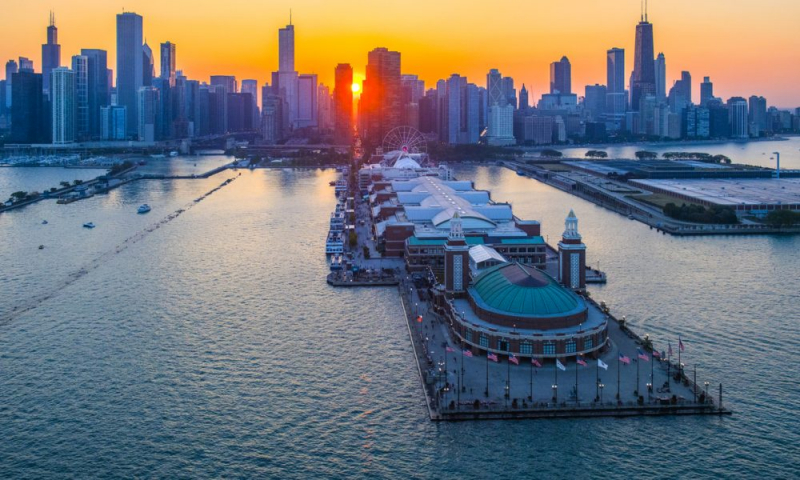
lifechicago.com 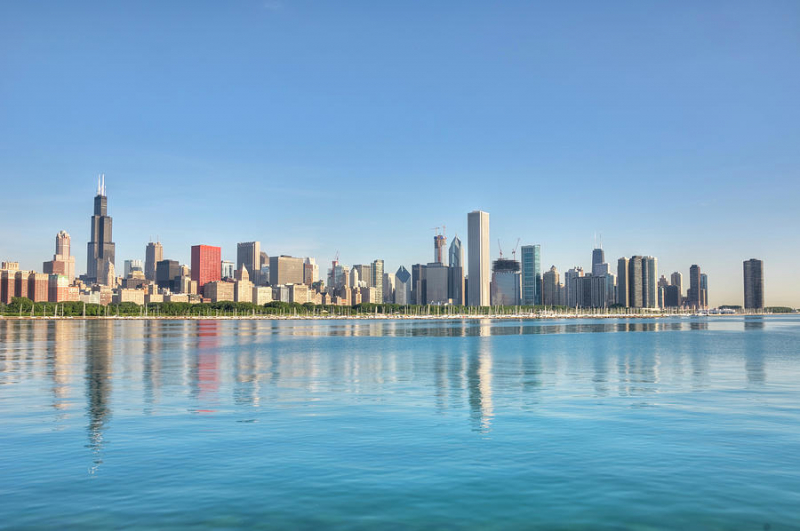
lifechicago.com -
Chi City truly is Chicago city, you cry in anger. One of the many nicknames for the city of Chicago, Illinois, Chi-town can be traced back to the early 1900s. Chi is shortened from Chicago and is itself recorded as a nickname for the city (town) even earlier, in the 1890s.Fair enough. But just so you know, "Chi City" sounds like something that should be emblazoned on an Etsy print of the skyline or a hashtag applied to a DePaul freshman's Instagram posts during their first week of school. Unless that's the vibe you're going for, use caution before inserting the moniker into casual conversation. And scaling back your use of the term "Chi." is one of the rules of living in Chicago.
Like Chi-town, other city nicknames follow a similar pattern of shortening the city’s name and adding town, such as O-Town (Orlando, Florida) and H-Town (Houston, Texas). Several prominent uses helped popularize the term. Among them is a 1975 song by country singer C.W. McCall “Convoy,”
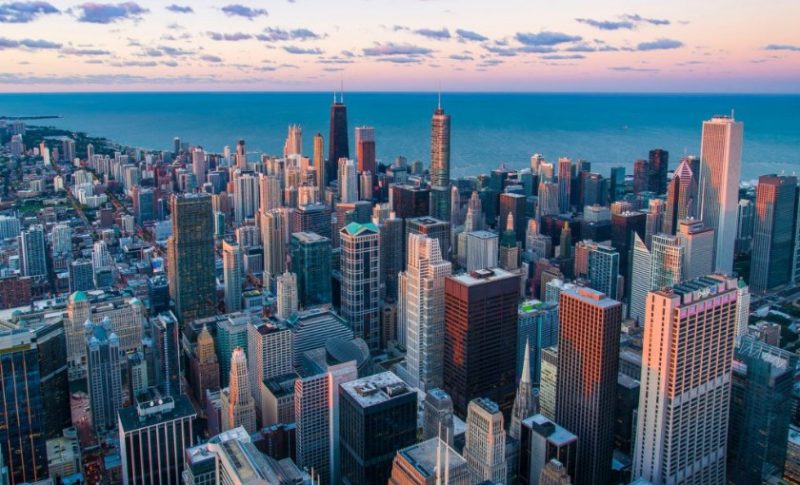
transitchicago.com youtube.com -
The City of Chicago is divided into fifty legislative districts or wards. Each district is represented by an alderman who is elected by their constituency to serve a four year term. In addition to representing the interests of their ward residents, together the fifty aldermen comprise the Chicago City Council, which serves as the legislative branch of government of the City of Chicago. The term ‘alderman’ may be titular, denoting a high-ranking member of a borough or county council, a council member chosen by the elected members themselves rather than by popular vote, or a council member elected by voters.
Staying civically engaged is a must in a city so rife with political corruption. There are 50 aldermen that represent the city's 50 wards, and they're supposed to represent you, too. If you have a comment or complaint, don't voice your concerns to your out-of-state friends on Facebook—dig up your rep's email address and bug them until you get a response. And it is remembering your ward number and your alderman’s name which is one of the rules of living in Chicago.
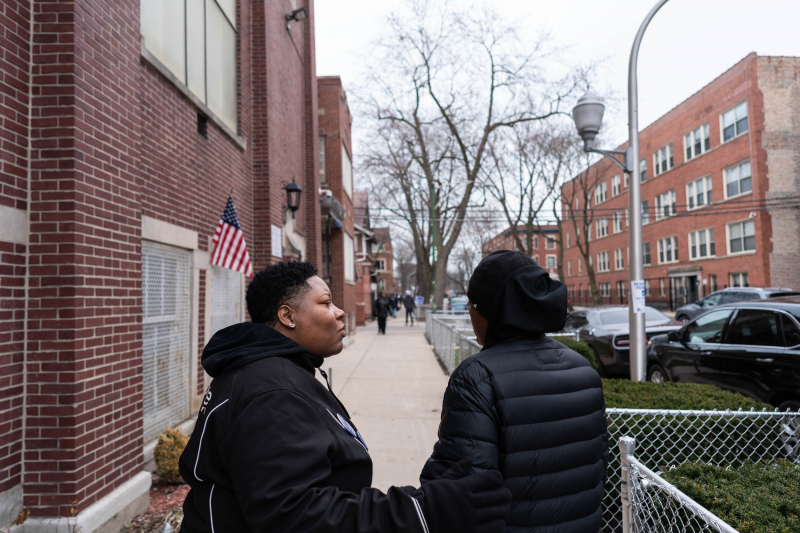
lifechicago.com 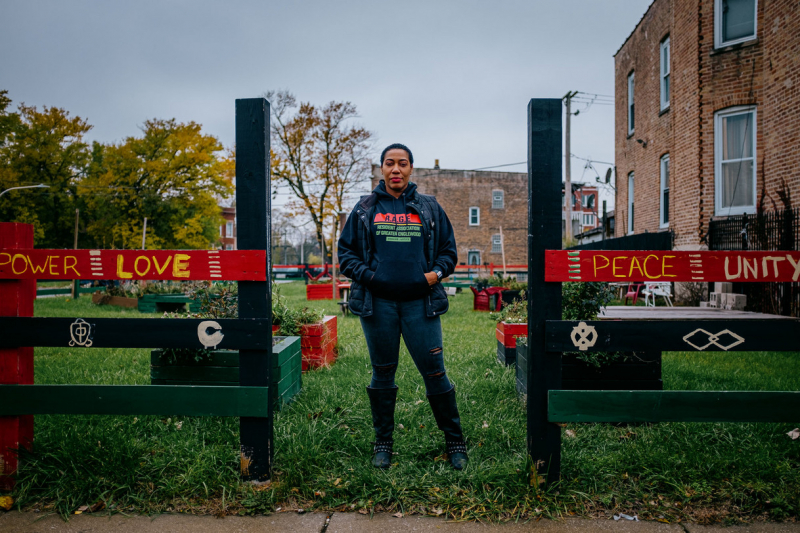
lifechicago.com -
Whether you're a driver or a pedestrian, watch out. This isn't Amsterdam, but being oblivious is guaranteed to get you into some trouble—physically or verbally. Before crossing a major intersection or opening your car door in traffic, look both ways and avoid contributing to the growing list of cyclist injuries. Watching out for cyclists is one of the rules of living in Chicago.
It is important to remember that Chicago bicyclists are not required to ride in bike lanes. There are several reasons why a cyclist may choose not to. It may be full of potholes, ruts, or broken glass. Leaving the bike lane may be the safe thing to do. It is common in Chicago for the lanes to be occupied illegally by cars, delivery trucks or other vehicles. Also, buses are permitted to share bicycle lanes. In the winter months, bike lanes may be rendered impassable due to the accumulation of snow and ice. There are even times when cycling on a path or in a bike lane clear of obstructions just does not make sense. For example, a roadie on a training ride may be advised to avoid a bike lane crowded with cyclists traveling at a more leisurely pace.

nbcchicago.com 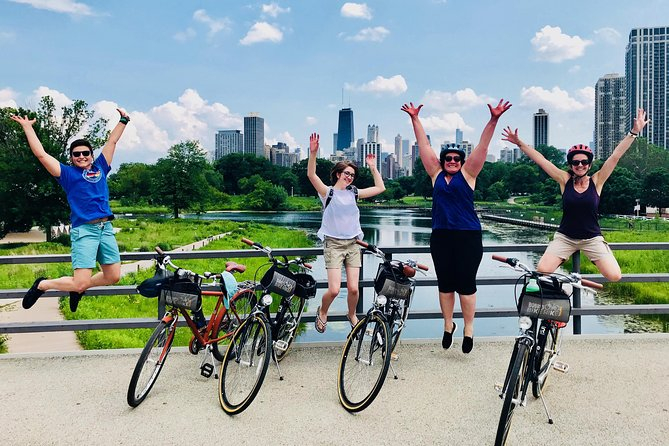
nbcchicago.com -
It's fantastic that Chicago has so many Divvy bike stations nowadays; especially, for those who love and support alternate modes of transportation. And it's also true that many of Chicago's bike lanes (if there are bike lanes at all) leave something to be desired. That being said, pedestrians on the sidewalk shouldn't have to navigate around your wobbly bike! That goes twofold for e-scooters, whenever they make their way back to the city.
Nevertheless, To date, there have been zero reports of Divvy riders being involved in crashes resulting in serious injuries. What’s more, last August Reuters reported that there have been no bike-share-related deaths in the U.S. since modern bike-share was debuted in this country seven years ago. Probably the biggest reason bike-share is so safe is the cycles themselves. They’re heavy vehicles with low gearing, which discourages fast speeds. Still, ethnic stereotyping aside, there does seem to be a kernel of truth to the complaint of lawbreaking by Divvy riders. Therefore, be careful when walking on the sidewalks, and it is one of the rules of living in Chicago.
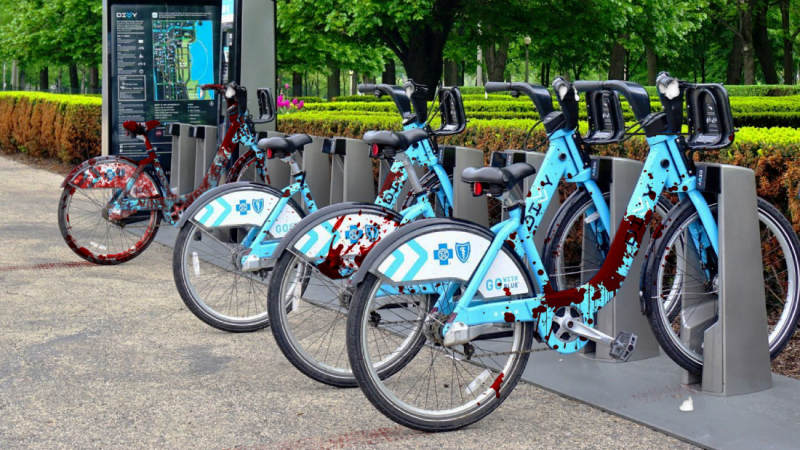
nbcchicago.com 
nbcchicago.com -
Chicago's South Side is a storied collection of vibrant, resilient, culturally rich and diverse neighborhoods. Steeped in African-American heritage, the community offers a host of unique amenities and experiences, from White Sox baseball to the DuSable Museum of African American History. The South Side also serves as a historic and contemporary hub for visual, performing and literary arts. However, against this engaging backdrop also lies one of the nation's largest underserved communities. South Side residents are disproportionately afflicted by chronic diseases and other complicated public health concerns.
Nothing gets under the skin like a non-Chicagoan bemoaning the violence on Chicago's South Side, as if the region that constitutes a full 60 percent of the city's area and more than a dozen neighborhoods is some kind of faceless monolith. The same goes for the West Side. If you're going to act like you care, at least understand our city's geography—there are problems on the North, West and South Sides. Learn about the causes of violence (and what you can do to help those affected) before you mouth off about it.

lifechicago.com 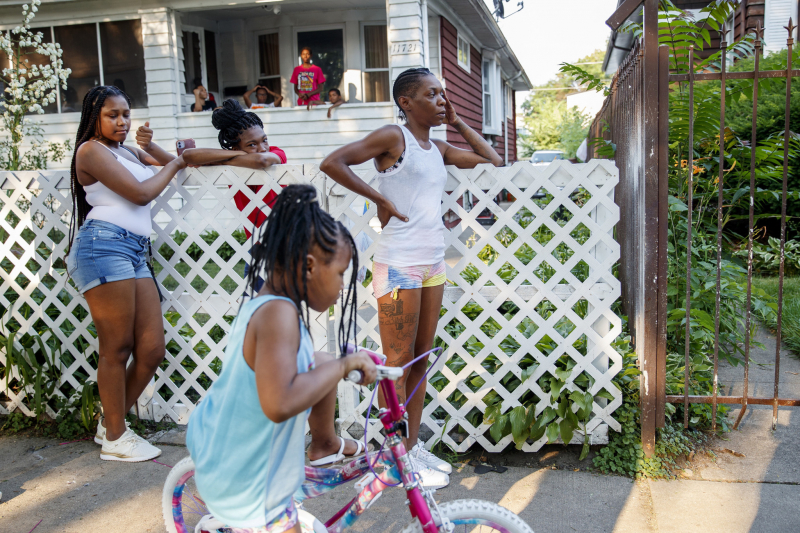
lifechicago.com -
When you step into a public space, it's generally accepted that you're entering a social contract. You implicitly agree to avoid sneezing on anyone's face, hold doors open for the elderly and close your goddamn mouth when you chew. By and large, Chicagoans have pretty good social etiquette, but there's one type of place where the unwritten rules that keep our civilization intact are thrown out the window: escalators.
Stand on the right, move or walk on the left. This is an unspoken rule around the world and yet, unfathomably, people here continue to form lazy blockades while glued to cell phones and grind escalator traffic to a halt. As Midwesterners, we swallow our rage and spend the whole ride to a street level about to utter profanities or an aggressive "Excuse me." But alas, we'll probably remain quiet and then complain about it for the rest of our day. And using escalators correctly is one of the rules of living in Chicago.
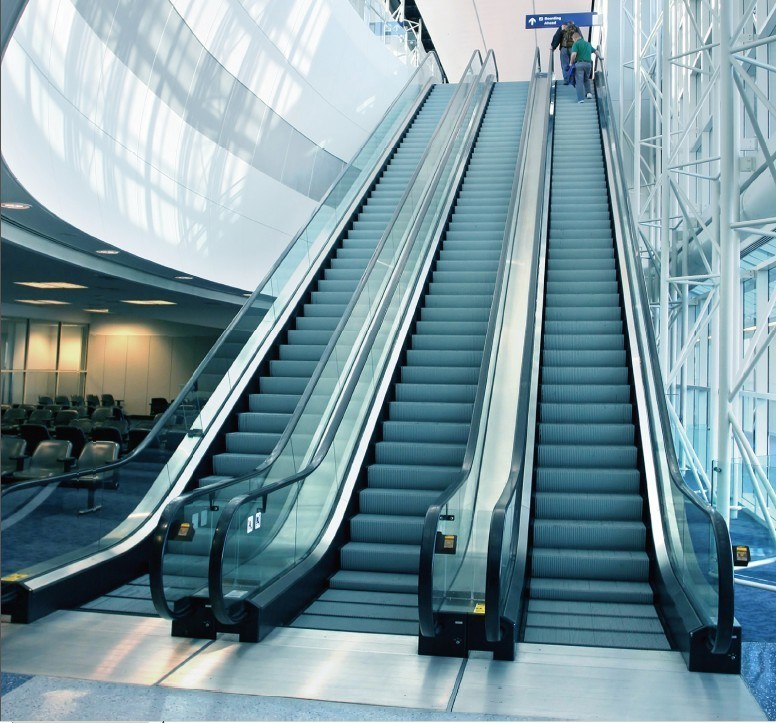
transitchicago.com 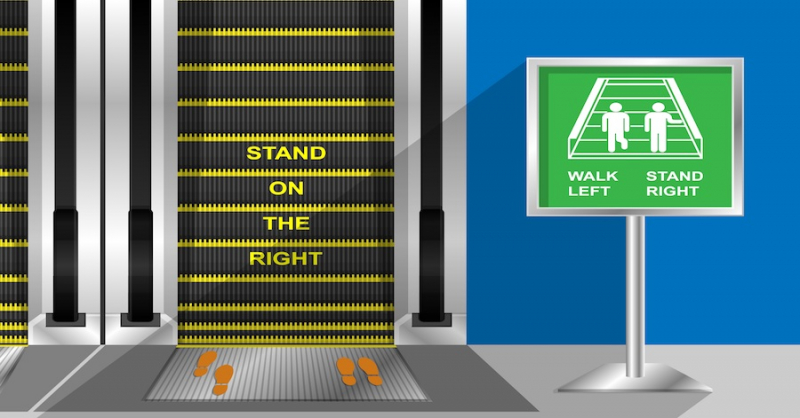
transitchicago.com











